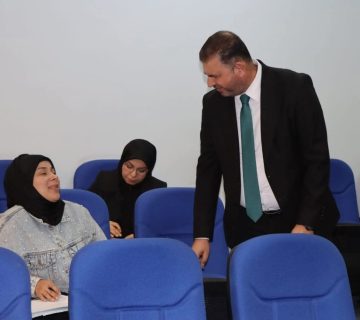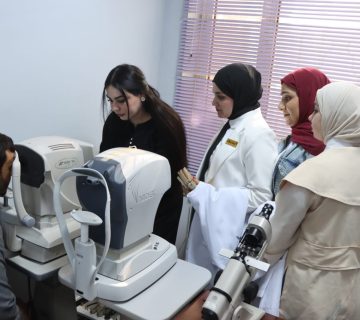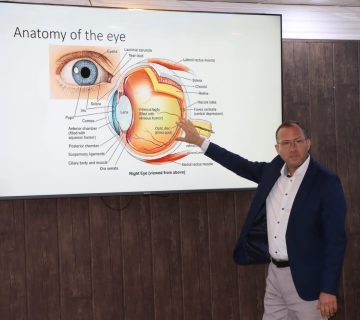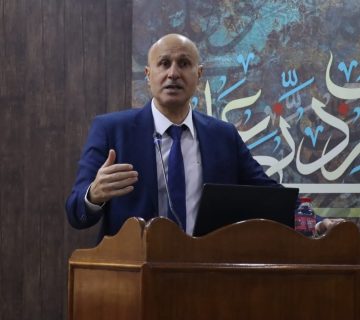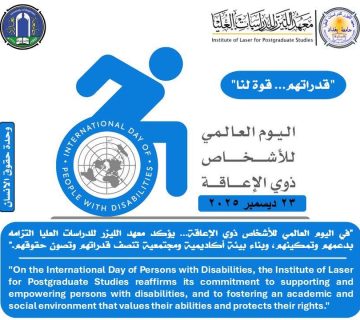The Institute of Laser for Postgraduate Studies at the University of Baghdad discussed a master’s thesis by the student Raneen Khudair Salman. Laser Applications
The thesis is entitled: Temperature Monitoring Using Optical Fiber Sensor for Different Laser -LED Assisted Teeth Bleaching Approaches.
The discussion committee consisted of the professors whose names are listed below:
Prof. Dr. Hussein Faisal Hussein / Doctor of Dentistry / Dental Therapy / College of Dentistry / University of Baghdad / as a Chairman
Consultant Dr. Salah Abdul Mahdi Al-Qartas / Medical Board of Maxillofacial Surgery / Al-Karkh General Hospital / as a Member
Inst. Dr. Sarah Kazem Mohsen / Ph.D. Laser / Electronic and Communications Engineering /Institute of Laser for Postgraduate Studies / University of Baghdad / as a Member
Prof. Dr. Abdul Hadi Mutshar Abd / PhD in Physics / Laser / Institute of Laser for Postgraduate Studies / University of Baghdad / as a Member and Supervisor.
The aim of this research is to evaluate the effectiveness of using different methods for teeth whitening, which include different wavelengths of lasers (405 nm, 940 nm, and 2780 nm) and to compare them with traditional methods using light-emitting diodes with a broad wavelength of 420-480 nm, and continuous monitoring of the temperature, and continuous monitoring of tooth temperature using a fiber optic sensor to avoid tooth decay.
80 dental hard tissue samples were prepared and the dental samples were divided into four main groups, each group containing twenty samples. Each group was irradiated using a laser device with a different wavelength (405 nm, 940 nm and 2780 nm) and compared to the traditional method using a light-emitting diode. Then, each main group was divided into two secondary groups by adding two different solutions to each subgroup, one of which was a cola drink and the other was a tea drink. An increase in temperature and a change in tooth color were recorded for all samples. Finally, five samples from each subgroup were selected to measure surface roughness and five others to measure tooth hardness.
It was noted from the results, during the whitening process using a diode laser (405 nm), that the best results were in terms of improvement in tooth color, with a minimum increase in pulp temperature (1.1 degrees Celsius), which indicates the absence of possible caries and thus maintaining the vitality of the teeth. In addition, a significant reduction in the time of the whitening process was achieved compared to the traditional method, which used to take a very long time, about 45 minutes, to obtain results.
The researcher concluded that the best results were obtained by using a diode laser with a wavelength of 405 nanometers in terms of changing tooth color. It also showed a slight increase in pulp temperature with a noticeable decrease in the time required for bleaching.






